School gardens are a wonderful way to build a connection between students and the outdoors all while covering necessary subjects in a hands-on environment. A difficult part of running a school garden is finding lessons to follow for the appropriate age group. Many organizations and schools have compiled free lesson plans and resources to help school gardens succeed. Many of these lessons align with STEM or other standards-based requirements, making them more practical for teachers to use.
That all being said, we’ve compiled a list of 10 of the best resources for school garden lesson plans.
1. School Garden Project
Grades: First-eighth (curriculum has two tracks: second-fifth and first-eighth)
Classroom Size: 18-36 students but can be adapted for smaller group of 6-10 students
Summary: One curriculum, Science in the Garden, is a set of 10 lessons for grades second-fifth. Example topics include plant parts and functions, garden habitat, and soil composition.
The other curriculum, STEM in the garden, provides a series of subjects for grades first-eighth. There are two units in this curriculum: soil and plant parts. Students get to learn through scientific experimentation, playing games, and making field observations.
Both curriculums are easy to read and follow and provide all additional printed materials.
Having volunteered with this organization personally, I can ensure that their lessons are well thought out and that kids really like them. Each grade studies a different unit, so each year students get to study something new. This curriculum engages classes through tasting, planting, playing games/activities, and questioning.
Usually, each day starts with an introduction inside the classroom, then students move outside and divide into four to five groups of five to seven kids. Each group of kids rotates through the circuit of activities taught by volunteers or educators. Students spend about 5-10 minutes with each educator, then move to the next activity.
By rotating through activities and teachers, it helps keep the attention of the students. They look forward to these lessons and enjoy their time in and outside the garden.
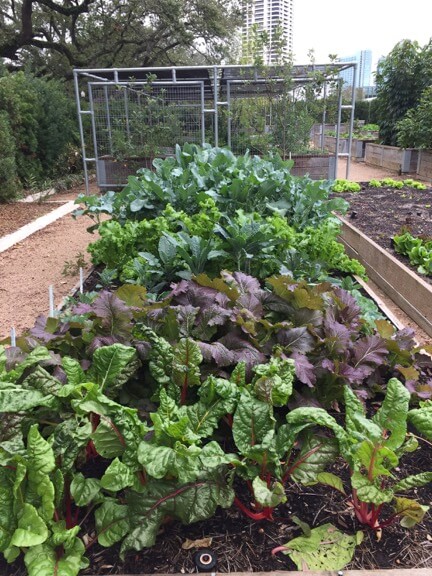
Find It At School Garden Project
2. Growing Gardens
Grades: K – fifth (curriculum has two tracks: K-second and third-fifth)
Classroom Size: N/A, designed for after-school garden club or summer camp
Summary: The Growing Gardens Youth Grow Lesson Plan Manual provides in-depth information on how to engage with students in the garden in addition to providing eight lesson plans.
Lesson times vary in length; some need 60-120 minutes and others can be completed in five minutes. However, the lessons are in order, so you could easily pull individual ideas from their guide to fit your needs. Some of their fun ideas include making a garden journal, going on a garden scavenger hunt, or playing games such as the “seed packet guessing game”.
Growing Gardens also offers a School Garden Coordinator Certificate training program, which helps build your garden education program at your school/organization. Sessions are held in person in Portland, Oregon over the course of a week and include visits to nearby garden sites.
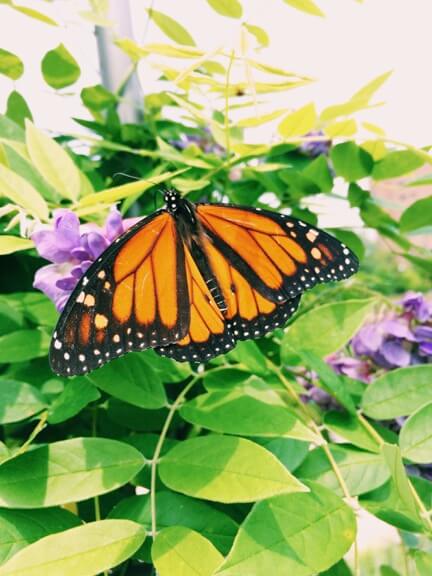
3. Urban Harvest
Grades: Pre-K – eighth
Summary: If you’re looking for resources on creating your own lesson plans, check out the Curriculum and Resources page on Urban Harvest’s website. If you follow the Curriculum Garden Resources link, you’ll see a nice compilation of books on school gardening. Some examples are “The Growing Classroom” (Gr second-sixth), “Sowing the Seeds of Wonder” (Pre-K), and “Math in the Garden” (Gr K-eighth). To keep costs low, check to see if any of these can be found at your local library.

4. University Of Georgia Extension
Grades: K – eighth
Summary: Lessons are arranged by grade level. Each lesson is sorted under subjects covered such as earth science, life science, physical science, and more. Most lessons are aligned with Georgia Performance Standards, making it easier for teachers to use these lessons.
Some of the plans list exactly which standards are being covered. Underneath the curriculum provided, there are additional resources for lesson plans including a bilingual Spanish-English/English-Spanish garden dictionary for elementary school students.

Find It At University Of Georgia Extension
5. Growing Gardeners
Grades: Pre-K through fifth
Classroom Size: Can be used for whole classroom or smaller groups
Summary: These lessons correlate with North Carolina Standard Course of study and are very easy to use. They focus on connecting students to their food by learning how it grows and where it comes from.

6. Kids Gardening
Grades: Pre-K-12th
Summary: Kids Gardening provides lesson plans for subjects on nutrition, pollinators and wildlife, soils and environment, plant science, and arts and culture. Each lesson specifies an age group and fully utilizes the garden as an outdoor classroom.

7. Learn About AG
Age Range: K-12th
Summary: Learn about Ag presents their individual lessons on a searchable table allowing educators to search lesson plans by grade, subject, or standards. Some of their creative lessons include tomato trivia, red imported fire ants, edible plant parts, and a garden plot: The tale of Peter Rabbit.

8. Cornell University
Grades: second – eighth
Summary: Cornell Garden-Based Learning offers short, stand-alone lessons called Activities, or alternatively, longer-term assignments found under Curricula, which can be taught in multiple sessions. All lessons seem adaptable and vary in length.
While these lessons could be used during school hours, most lessons seem more appropriate for garden clubs or summer camps. Some fun topics include drying flowers, making catnip sachets, and making plant dyes.

9. Whole Kids Foundation And American Heart Association
Grades: Pre-K – fifth grade
Summary: This guide includes indoor and outdoor lesson plans on a plenitude of subjects including gardening and botany, nutrition, consumer education, and agriculture. Each lesson follows the same format: description, background, materials, preparation, activity, tying it together, national standards, etc. This makes it extremely easy for anyone to pick it up and follow along. Even if you don’t have an outdoor garden, you can still complete some of the indoor activities with your class.

Find It At Whole Kids Foundation And American Heart Association
10. Edible School Yard
Grades: sixth-eighth
Summary: Edible School Yard focuses on middle school education and offers both garden and kitchen lessons. They provide fall and spring rotations that occur in sequence. Again, you could use some of the lessons individually, depending on the time you have.
The sixth-grade lessons set a foundation for garden and kitchen classes including an orientation to the garden and kitchen, how to respect the garden, and lessons on water, decomposition, and bees, for example.
During the seventh grade, students build upon this foundation and delve into a series on corn (how to cook with it and it’s importance to the world) as well as how to use a microscope, and a lesson all about our food system.
Lastly in the eighth grade, students delve even further by testing the pH levels of soil, talking about environmental impacts of food choices, and talking about justice and labor relating to agriculture.
This is a really great choice for middle school appropriate lessons and offers a great hands-on experience in both the kitchen and the garden.
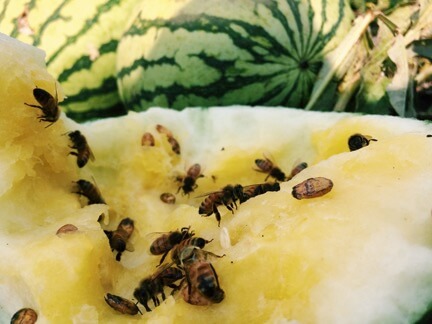












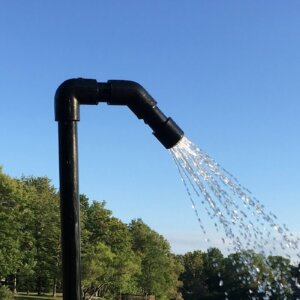



















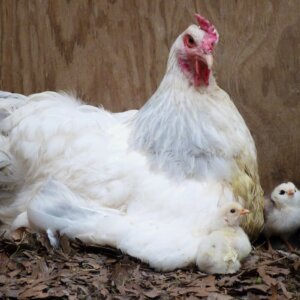









I teach vocational skills to young adults with special needs. Right now, we are discussing and using hands on skills needed to be a landscaper and/or gardener. Do you have a website and reference that I can check out that would benefit my students?
Eileen, I can’t think of any specific recommendations, but I’ll be sure to let you know if I stumble across any. Maybe there’s another insteader that can help you out… Good luck on your search!